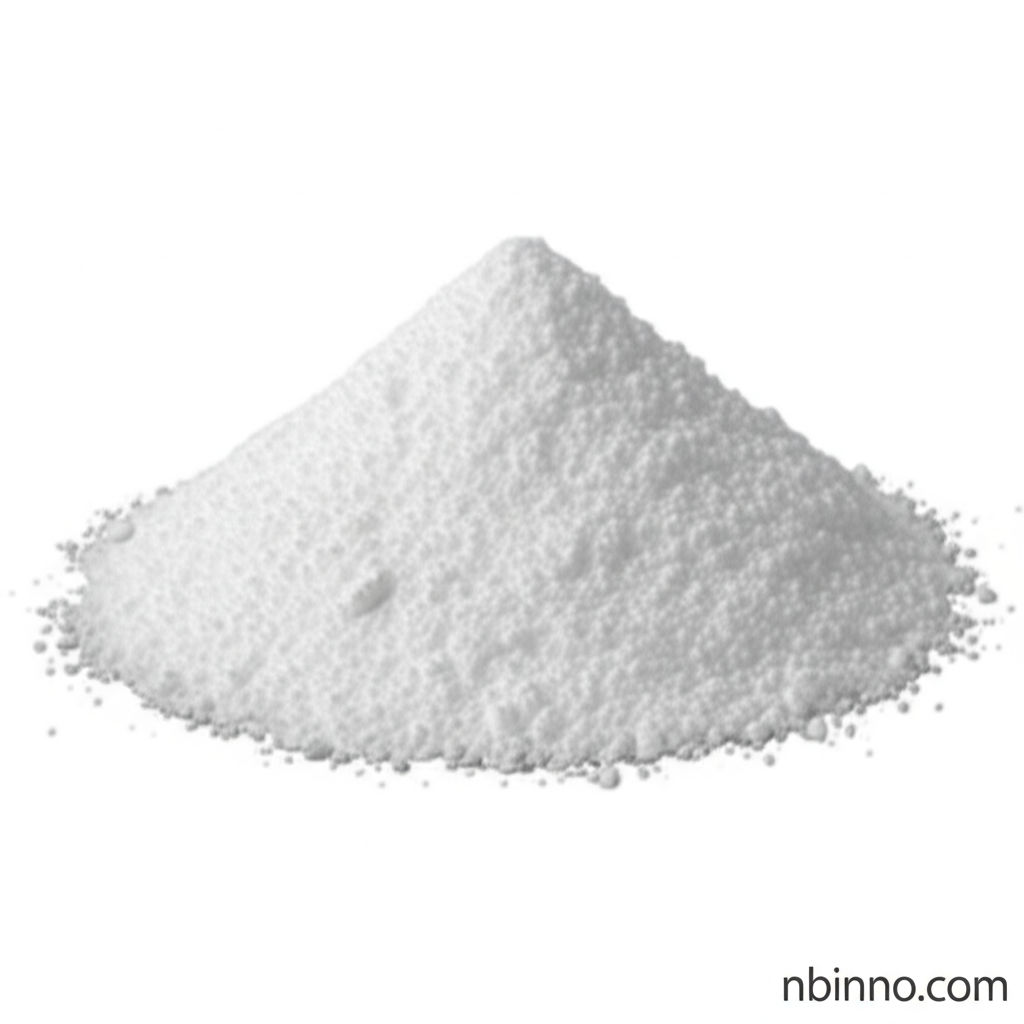Tranexamic Acid: Your Guide to Applications, Benefits, and Safe Usage
Discover the life-saving potential of Tranexamic Acid, a crucial antifibrinolytic agent for diverse medical needs.
Get a Quote & SampleProduct Core Value

Tranexamic Acid
Tranexamic Acid (TXA) is a synthetic amino acid derivative of lysine that acts as a potent antifibrinolytic agent. It functions by competitively blocking the lysine binding sites on plasminogen, thereby preventing plasmin from binding to fibrin. This action stabilizes blood clots, effectively reducing bleeding in various clinical scenarios. Its established efficacy in managing hemorrhage makes it indispensable in trauma care, surgical procedures, and obstetric emergencies, significantly contributing to improved patient outcomes and reduced reliance on blood transfusions.
- Mechanism of Action: Learn about the tranexamic acid mechanism of action, where it competitively inhibits plasminogen and plasmin binding to fibrin, preserving clot integrity.
- Trauma and Surgical Benefits: Explore the critical tranexamic acid benefits in trauma and surgical settings, where its early administration significantly reduces mortality and blood loss.
- Obstetric Applications: Understand the role of tranexamic acid dosage for postpartum hemorrhage, a life-saving intervention in managing excessive bleeding after childbirth.
- Pregnancy Safety: Review the safety of tranexamic acid in pregnancy, noting its potential use when medically necessary and prescribed by a doctor.
- Beyond Hemostasis: Delve into the emerging non-hemostatic uses of tranexamic acid, including its applications in dermatology and its potential impact on inflammation and immunity.
- Patient Blood Management: Recognize TXA's integral role in tranexamic acid patient blood management strategies aimed at minimizing perioperative blood transfusions.
Key Advantages of Tranexamic Acid
Effective Hemostasis
TXA's ability to inhibit fibrinolysis makes it highly effective in controlling bleeding, a key benefit for tranexamic acid benefits in trauma and surgical patients.
Broad Applicability
Its use spans across critical care, surgery, obstetrics, and even dermatology, showcasing its versatility and the importance of understanding tranexamic acid dosage for postpartum hemorrhage.
Improved Safety Profile
Studies indicate a favorable safety profile, with no increased risk of thromboembolic events when used appropriately, which is crucial for understanding the safety of tranexamic acid in pregnancy.
Key Applications
Trauma and Emergency Medicine
Essential for reducing blood loss and mortality in severe trauma cases, demonstrating the critical role of tranexamic acid benefits in trauma.
Surgical Procedures
Widely used to minimize perioperative bleeding and transfusion needs in various surgeries, aligning with tranexamic acid patient blood management.
Obstetrics and Gynecology
A life-saving treatment for postpartum hemorrhage, with specific guidelines on tranexamic acid dosage for postpartum hemorrhage.
Dermatology
Emerging uses in treating conditions like melasma highlight the non-hemostatic uses of tranexamic acid, expanding its therapeutic scope.
